To make our one-year trip through Africa, we were sure that we would travel with our car. We would have a roof tent for sleeping, a kitchen for cooking and space to store all our belongings. In addition, we would be free to get to all places and save a lot of accommodation and transportation costs. Traveling to Africa by public transport is tricky because it can take many days to move between two points, so to travel for a year, we had to do it with our car for sure!
Once we were clear that we wanted to travel with our car, we had to solve one of the most important aspects: the logistics of sending the vehicle to Mombasa, the place where we would pick up the vehicle once we had visited for a month and half Zanzibar, the eastern part of Tanzania and the Kenyan coast by public transport.
And why send the car to Mombasa and not start in Morocco? Because if we started for Morocco in July, we would catch the whole rainy season in most of the countries of West Africa. And traveling in the rain during the day is not cool… Also, because of the covid issue many West African countries are still closed to cross by road, so due to the weather and logistical facilities we decided to start in East Africa and send our vehicle to Mombasa, one of the most important ports in the area.
We were looking for a lot of information on the Internet about the process of sending a vehicle with maritime transport, but as we didn’t find so much, we decided to write an article about our process of sending our Toyota Land Cruiser from the Port of Barcelona to Port of Mombasa in June 2021. Inhis way, if anyone is interested, in the following lines you can read about all the steps to follow, costs and key concepts.
We hope you find the following information interesting and that you can learn a little more about shipping vehicles. You can make the comments you want at the end of the article and if you think any data is missing, you can write to us at africanlanders@gmail.com that we will update the information.
Type of cargo: container and Ro-ro
To transport your vehicle by boat, you mainly have two options: load in a container or in a Ro-ro. Below we will detail the characteristics of each of these types:
– Container: It is the most common way of transporting goods by sea. There are two types: 20 feet (where a vehicle fits) or 40 feet (where more than one fits). In this case, you load the vehicle into the container, where it will be securely fastened and where the container will be closed with a seal that will not be opened until it reaches its destination. In this way, you can transport everything you want inside the container (and that is allowed according to the legislation of origin and destination) without any danger of your belongings being stolen. It is more expensive than transport on Ro-ro.
– Ro-ro:This is a way to transport vehicles by sea. It is the cheapest of the options and is the usual means used by vehicle companies to transport new or used cars. In this case, you leave the vehicle with the keys inside at your home port, and it will be transported to your destination port. The problem is that different people along the way will take your vehicle to make the corresponding stops and transfers, making it easier for certain objects to disappear from the vehicle. Therefore, this is the ideal type of transport for pick-ups because you can lock the whole load in the back.
We transported our Toyota in a 40 foot container. At the beginning, we had booked a 20 foot container but due to the lack of containers, at the time of our transport there was no availability of 20 feet in Barcelona Port.
The process of shipping your car in a container
1. Contact with a freight forwarding company from your home port to arrange transportation
In our case, and due to proximity, we loaded the car at the Port of Barcelona. There, we contacted a freight forwarding company. They will be the one that will mainly manage all the documentary and customs issues in your country of origin; they will load your car at the origin port or inside the container; and the one that will reserve the space inside the ship that will make your journey (depending on the destination, they often do scale at other ports). They will also process the Bill of Landing (BL) which is the document that will allow you to unload your vehicle / container at destination.
It is important to contact a good freight forwarder as they are in charge of getting your vehicle / container to the destination port, without carrying out any further formalities there. This will already be the job of the destination agent or logistics company you hire in destination port.
Often, freight forwarding companies do not work with individuals; so you will have to do a good search to find the best profile. We did all the shipping with Leoproex from Barcelona, a very professional company, with experience and one of the best when it comes to making this type of load. If you want more information, you can contact Celerina Feixas, sales representative, at celerina.feixas@leoproex.com or by calling her at +34 667 656 370.
One of the most important ports in Europe with the subject of international cargo is that of Genoa (Italy). If you want to upload from there, you can contact Alessandro Rivano of DS Shipping at his email alessandrorivano@dsshipping.it He will give you a quick response to everything you need.
2. Load the car at the port of origin
If you load your vehicle in a container, you must take your car to the place indicated by your transit company. There, you will place the car in the container where it will be fixed in order to prevent any movement of the vehicle.
Think that you will have to load the vehicle with the tank in reserve (or almost) as the diesel is considered explosive material and the container could not leave the port. You will also need to disconnect the batteries of your vehicle (putting a tape on the poles to prevent any fright and disconnecting first the negative pole and then the positive pole) and check that there is no document inside that you need a posteriori (data sheet, driver’s license, etc…) or any object that could create incidents when removing the container (medicines, drones, a large amount of money, animal food…).
If you are not sure if you will arrive on time at your destination port once the container arrives, leave a key hidden inside the container. In this way, if you are not there, your destination agent or company in charge of all the paperwork will be able to pick up the vehicle (with all documentation in advance) and you will not have to pay extra storage costs.
Take photos of the whole process of loading the vehicle inside the container in order to have evidence of the state in which you left the vehicle and to check the numbers of the container and the seal with which they will close the container. These must match all documentation.
If you are loading your vehicle inside a Ro-ro, it is important to make sure that you do not leave anything of value inside, and especially to shield the entire rear of the vehicle. Think that in this case you leave the key inside your vehicle, and it is different people (and in different ports where your car will stop) who will enter to drive the vehicle. Many people have missed a lot of things, so lock everything with padlocks and wood if necessary to ensure your vehicle arrives with all its belongings.
That’s why, for us, if you have a pick-up load the vehicle in a Ro-ro; but if you have a vehicle like our Toyota better use the container to go quieter.
3. Prepare and review all documentation
Once the car is loaded inside the container and inside the port, it will be expected to have the documentary approval to be loaded on the corresponding ship.
Therefore, it is important that:
– Prepare a detailed packing list with all the items you carry inside the car. The more detailed it is, the better to avoid any customs incidents. Check the legislation of the destination country (your agent is sure to inform you as well) to see if there are any prohibited items such as drones or medicines. If you want, you can give it a downward estimated value. If you want to see a model, here you have our packing list that we made:
– Check that you have the vehicle in your name with all the registration fees paid, the technical documentation of your vehicle, the invoice or the contract of sale of the vehicle if it is second-hand car and a valid driving license.
– Be patient with customs. This is a topic that took us by surprise. We were told that with the Carnet de Passage en Douanes (CPD) -to find out more about this document click here– we would have no problem for getting customs clearance, but at the time of the truth this Carnet was not accepted because, according to them, it is not issued for a fully public organization. So we quickly looked for a second option that worked for us right away: we went to the DGT (the public transit company in our country) to temporarily deregister the vehicle (for an amount of about 6 euros) and with this deregistration, customs immediately gave us the authorization. Then, we returned to the DGT to register our car so that we could travel with him to any country in the world. A few days later, we received a customs document stating that the next time with the CPD there would be no problem. Contradictions of the bureaucracy.
Once you have passed the customs procedure, you will obtain a DUA (Single Customs Document) confirming that your vehicle is authorized to leave the country of origin. You will need this document if you want to return the vehicle to your country and avoid paying any import tax.
Once the container is on the high seas, the freight forwarder will send you a draft of the BL for review. Please check that all the information that appears there is correct (names and surnames of the consignee, details of the seal and the container, description and details of the consignee). This is the most important document and what you will need to bring to unload your vehicle at your destination. Below is a model of BL:
Once you confirm to the freight company that the documents are correct, they will mail you 3 originals which will be the ones you will have to show at the port of destination.
Documentary procedures sometimes take longer than expected. Therefore, we recommend that you load the vehicle in the container as soon as possible. Ships have a closing time after which they do not load any more containers. We started doing all the paperwork two days before, and due to the customs delay we didn’t arrive on time and had to wait a few more days on the next ship. Ask your freight forwarding company from which day you can load and do so days in advance to avoid any setbacks.
4. Find an agent or logistics company at your destination port.
Once the vehicle is on the high seas traveling to the destination port, one of the most difficult stages of the whole process begins: finding a trusted person / company at the destination who will be in charge of carrying out the entire container clearance process.
You’ve probably taken the vehicle to a country you’ve never set foot in or to a city where you don’t know anyone. And you will have to trust someone to pick up your vehicle without any incident. Therefore, we recommend that you look for other people who have previously made similar shipments to your destination port. The web iOverlander it is a very good source of information to look for good agents and good companies.
We looked for different options in Mombasa (Kenya), and finally, despite not being the cheapest, we decided on Siggol Logistics because it was recommended to us by a person who some months ago had also brought his vehicle in a container to Mombasa. Here we valued security and reliability more than the economic issue. To contact the people at Siggol Logistics, you can write an email to Enoch Kiyuda at e.kiyuka@siggol.com (or write a Whatsapp to +254 728 303730) or Vincent Kawawa. His email is v.kawawa@siggol.com and his phone is +254 743 598849.
5. Travel a few days before the container arrives to prepare all documentation at destination
The original transit company will probably inform you of an ETA of your container at the destination port and send you the original BLs. This is where his work is over, and now the agent or company in the port of destination you have decided to book will start to work on the clearance of your container.
A few days before the scheduled ETA, you will have to send all the documentation to your agent or company of the port of destination (usually they will be originals of the packing list, BL, CPD -for Kenya, this document is indispensable and obligatory-, copies of the international and national driving license, technical file of the vehicle, contract of sale, copy of passport). Email the documents first to make sure there are no errors and they are correct. Once we had the ok, we used DHL to send the papers to Mombasa without any problem.
Anyway, the ETAs of the ships they give are often not met. Ships often have delays due to the state of the sea, delays in the ports where they stop or because they decide to stop elsewhere according to the needs of each company. In addition, it depends on which transport company you want to hire your container will be more or less a priority. For example, if you book with MSC and the BL is managed by MSC; your container will be a priority but the prices to pay will be much more expensive.
So cross your fingers to wait for the ship to arrive on the estimated date. You can follow up by consulting some of the websites such as Vessel Finder or Marine Traffics where they show the state of the routes of the principal ships. Keep in mind, however, that when approaching the Somali coast the location disappears to prevent possible pirate attacks.
In our case, the ship arrived about 10 days later than expected but it was great to be in Mombasa and its surroundings to meet our logistics company in charge of the clearance of our container and take the opportunity to enjoy the coast of Kenya. If you want to read our travel experience, click here.
6. Unload the car at the destination port
About 3-5 days before the car arrives at the port of destination, the shipping company will send an email to the consignee (you or your agent / company you have booked) informing you of the date of arrival. Once you receive this email, you can rest assured that it will actually mean that the container actually arrives on those dates you specify in the email.
Before the containers arrives, and to notify that the person unloading the container has already arrived in the destination city, you must endorse the BL, that is, sign on the back to notify that the consignee (you) is already there.
Think that once you have been informed of the date of arrival, then you have to add 5-7 more days to carry out all the formalities of the clearance of the container. These mainly consist of:
1. You will be notified of the arrival of the container (3-5 days in advance by email).
2. Once the container has been unloaded, those responsible for the destination port notify which port station it has been unloaded from. In the case of Mombasa, there are different stations called CFS and it is the port officials who decide where to leave your container.
3. The shipping company must give the delivery order to your agent or destination company with whom you carry out the procedures in order to give authorization to start all the procedures.
4. Once you have the delivery order, you will need to process all payments from the container depot and the internal costs of the port. This will be done by your agent or company you have booked.
5. Once the payment has been made, you must go to the port station where your container is located to show the payment of fees, vehicle documents, the BL, the CPD (in the case of Kenya) and personal documents such as original passport, driver’s license and vehicle keys. There, your agent will process different operations until you enter the port station to see your container. With the customs inspector, you will open the container and he will check that the chassis number of the vehicle corresponds to the one indicated in the documents and will make you open some door of the vehicle to see what you are carrying inside. With us, luckily he didn’t stay there long!

6. Finally, from the station they will give you the exit stamp and this will mean that your container has already passed all the formalities. A truck will have to come to load your container and take it to a place / warehouse to unload the vehicle. In our case, an esplanade full of containers next to the road where with a bull we lowered the container and we were able to remove the vehicle ourselves. Your destination agent or logistics company will also be in charge of hiring the truck and the space to leave the vehicle.
At our station we also saw many vehicles that had made the journey with Ro-ro. Surely, we assume that the steps will be similar, with the exception that you can now leave the port station with your own vehicle without having to load the container into a truck.
This is the process we followed to load our Toyota 4 × 4 in a container from the Port of Barcelona to the Port of Mombasa. We do not know if other ports follow the same process, so we advise you to inform yourself well before sending the vehicle and hire reliable agents and reliable companies to be able to transport the vehicle without any incidents.
Key concepts:
– BL: This is the most important document when transporting your vehicle. The Bill of Landing (BL) will provide all the information about the sender of the shipment, the consignee, the container number, the description, the seal number and the weight. This paper is essential to download to your vehicle. Normally, 3 originals are issued and the drafts will be sent to you first to confirm that all the information is correct. Check it several times because it is an essential document in the maritime transport of goods.
– AGENT: Person to whom you authorize all the formalities in your name to be able to make the clearance of the container and all the customs aspects in the country of destination. It is very unlikely that you will be able to perform all the necessary steps without the help of an agent, so we recommend that you look for a good agent at your destination port.
– SHIPPING COMPANY: The freight forwarder acts as an agent (in our case an exporter since they are from Barcelona) on your behalf. As such, the freight forwarder contracts the services of third parties, who will deal with the packaging, storage, transport, handling and customs clearance of the goods.
– ETA: Estimated date of arrival of your ship.
– ETD: Estimated departure date of your boat.
– CONTAINER: The most common means of maritime transport. Leave your vehicle and all your belongings in a sealed container, which will only open once you arrive at your destination and the consignee (in this case, the owner of the vehicle or whoever is indicated in the BL) is present. It is the most expensive form but also the safest.
– RO-RO: Maritime transport of vehicles where you leave the car with the keys inside the port of origin and transport it as if it were a ferry. Ideal for pick-ups, it is the cheapest option but also the riskiest due to the possibility of things being stolen from your vehicle during the journey.
– CARNET DE PASSAGE EN DOUANES (CPD): This document is a vehicle passport that allows you to travel to different countries without having to pay temporary import fees. In some countries such as Iran, Kenya or Ghana this document is required to enter the country. If you want to know more, you can click here.
– INSURANCE: It is important to secure the container / vehicle if you have the opportunity. If you travel by second-hand vehicle, shipping companies do not normally insure cargo. Ask beforehand. They usually load 0.3-0.5% of the total amount of container loading.
How much did it cost us to make this shipment?
Sending your car by sea is not cheap. It will surely be one of the main expenses of your trip and one of your main concerns; so first of all, you have to think about whether it is worth it or not.
In our case, as our trip is one year we already amortize the cost of shipping. Traveling around Africa for so long is not cheap if you consider transportation and accommodation, for example. And so, as we slept, cooked and moved around with our car we decided to go ahead with shipping. Surely if the trip had been 4 months we would not have sent the vehicle for the high cost it represents, but for a year, we saw that it was very feasible to be able to move around the continent with our own vehicle.
The price of shipping will depend on many variables: if you load in Ro-ro or container, if it is in a 20 or 40 foot container, if the port of destination is a common place on shipping, the company of the ship you take , travel days… Think that prices vary every month also depend on the availability of spaces and transport companies. In our case, we made a shipment in June 2021 from the Port of Barcelona to the Port of Mombasa (Kenya), a not very common route on sea routes that lasted a total of about a month and a half. .
For all customs procedures and the shipment of the car from Barcelona to Mombasa, the budget for a 20-foot container is 2,240 euros. Sea freight (transport) is worth 1,250 euros and all expenses at the port of origin amount to 990 euros. These include container loading, BL issuance, customs clearance and entry into the terminal.
And, for the work of our logistics company when unloading the vehicle in Mombasa, the budget for a 20-foot container is 1,850$. In this case, it was Siggol Logistics. Despite finding cheaper budgets around 1,500$, we decided on this company because of its reliability and because months earlier another couple had sent their car with them without any incident. This price includes: Destination S / L THC; S / L local fees (including delivery order); Port / CFS delivery & transfer; container opening & return of empty container to depot; local vehicle insurance for one month and the temporary import permit for a foreign vehicle (Road tax).
So, in total, sending a 20-foot container from Barcelona to Mombasa with your vehicle inside costs around 3,700 euros all-inclusive. However, and as we have mentioned, prices vary from month to month.
We, in the end, due to the problems we had at Spanish customs with the CPD and with authorizing us to ship the container and the lack of 20-foot container equipment, we lost the planned ship and paid extra costs for have the container in port waiting for the next sea freight. So, if you can, do things in advance to anticipate any issues you may encounter during the shipping process.
Sending a private car with a container is not a common thing. That’s why we decided to write this article to explain it to you and so that if you plan to take a trip to America, Africa or Asia with your car, the difficult process of sending the vehicle on a boat doesn’t make you pull back. If you have any questions, you can write to us at africanlanders@gmail.com; and we hope you can start enjoying your trip soon!

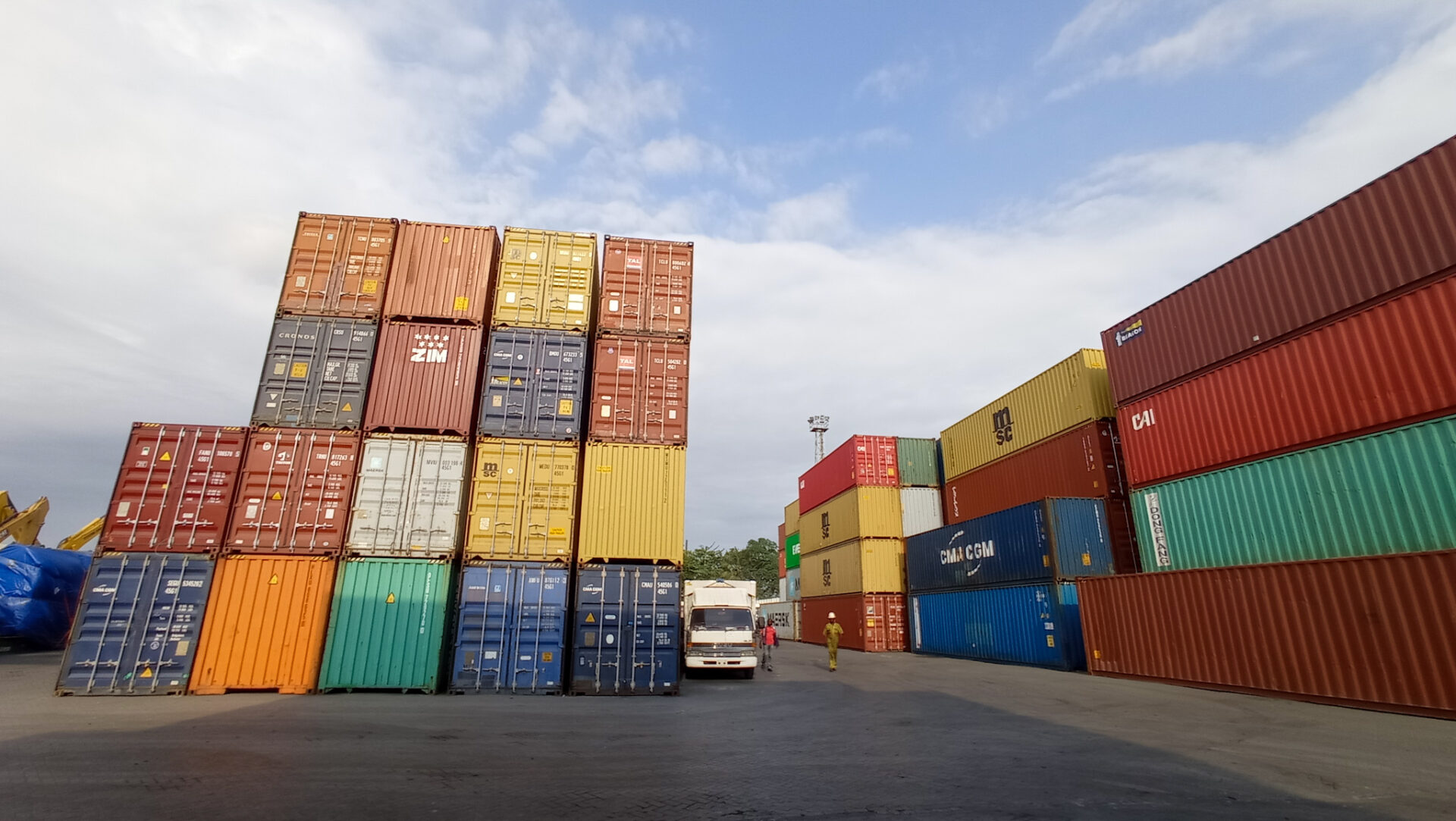
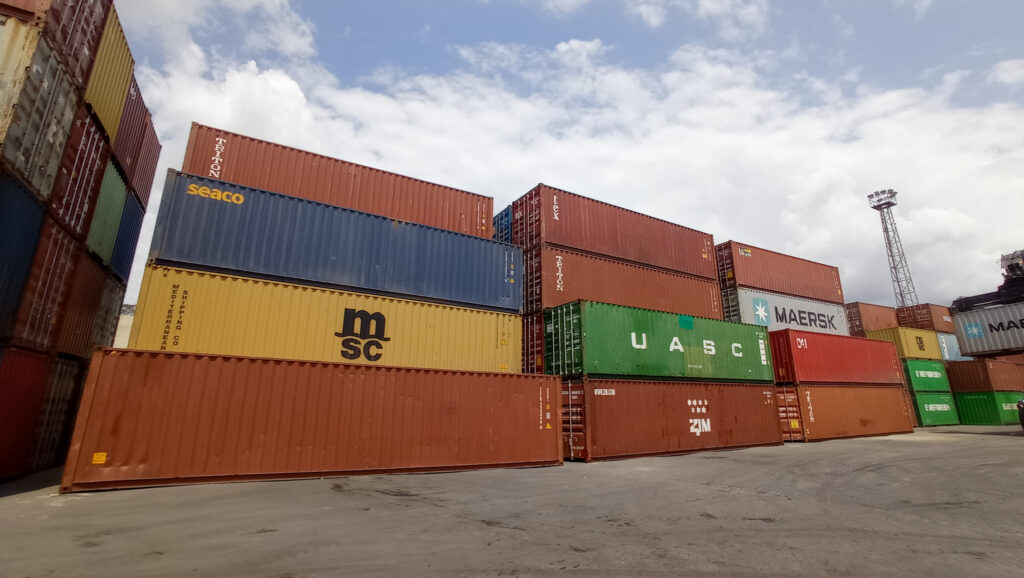
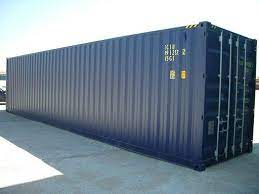
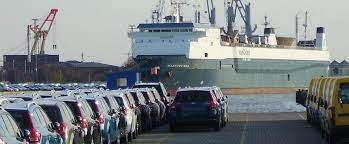
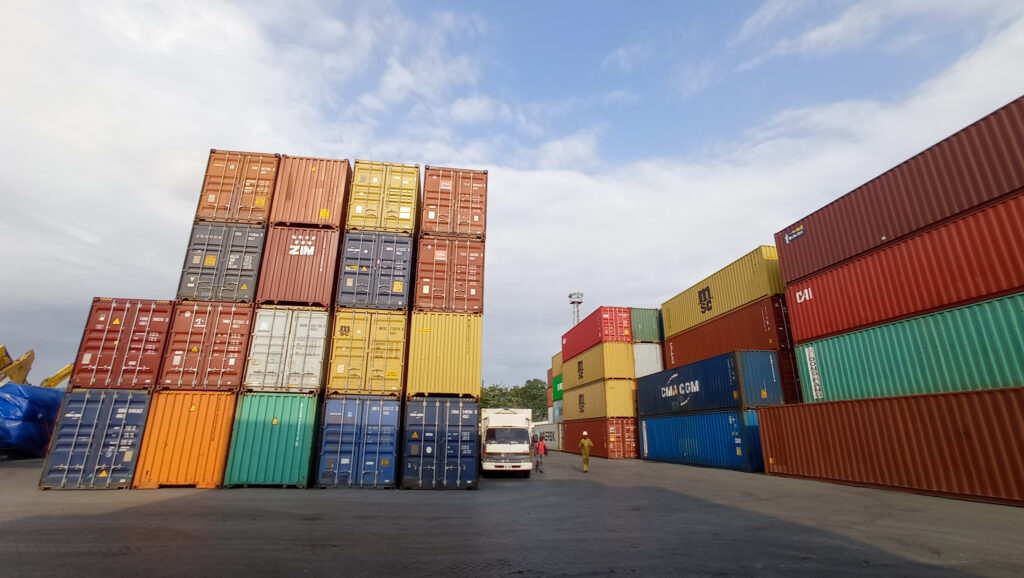

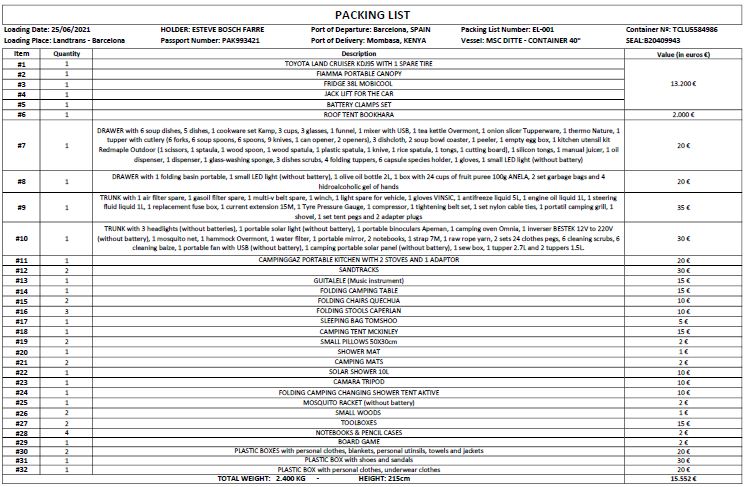
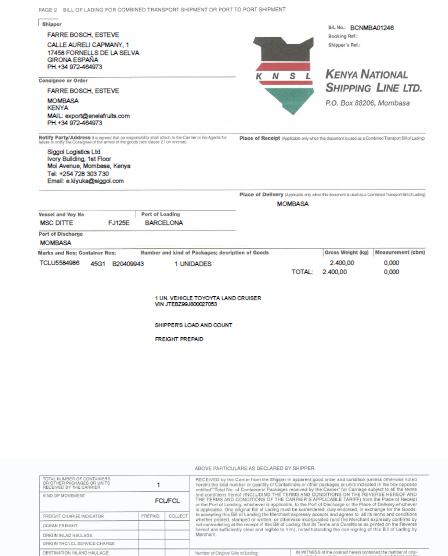


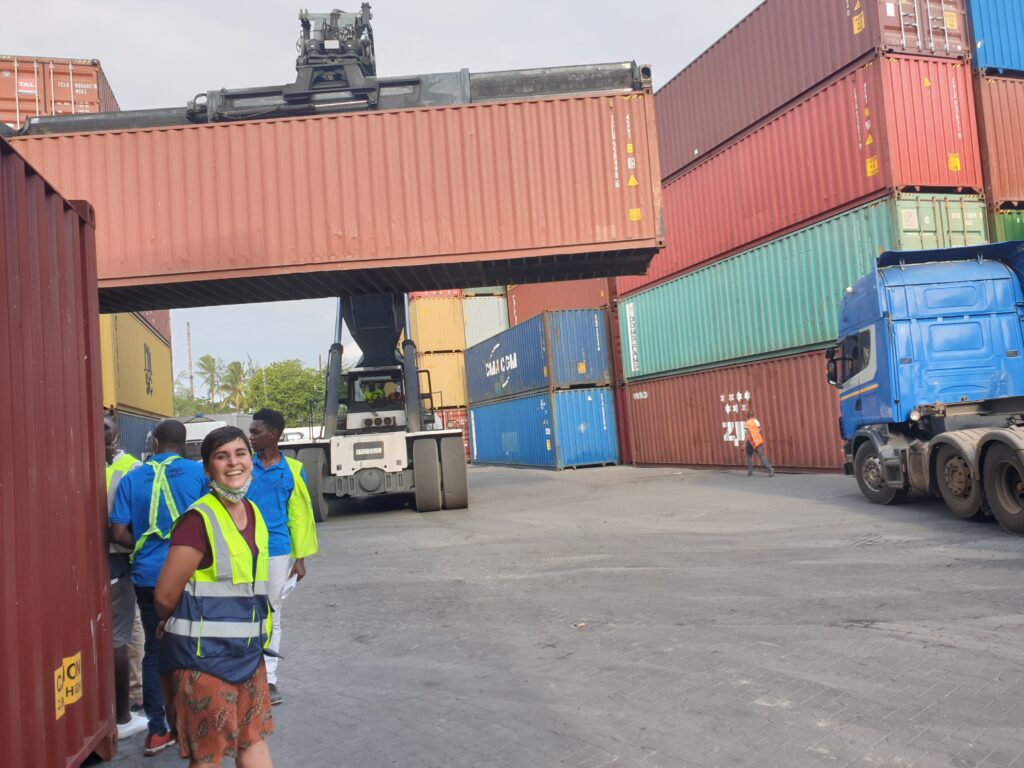
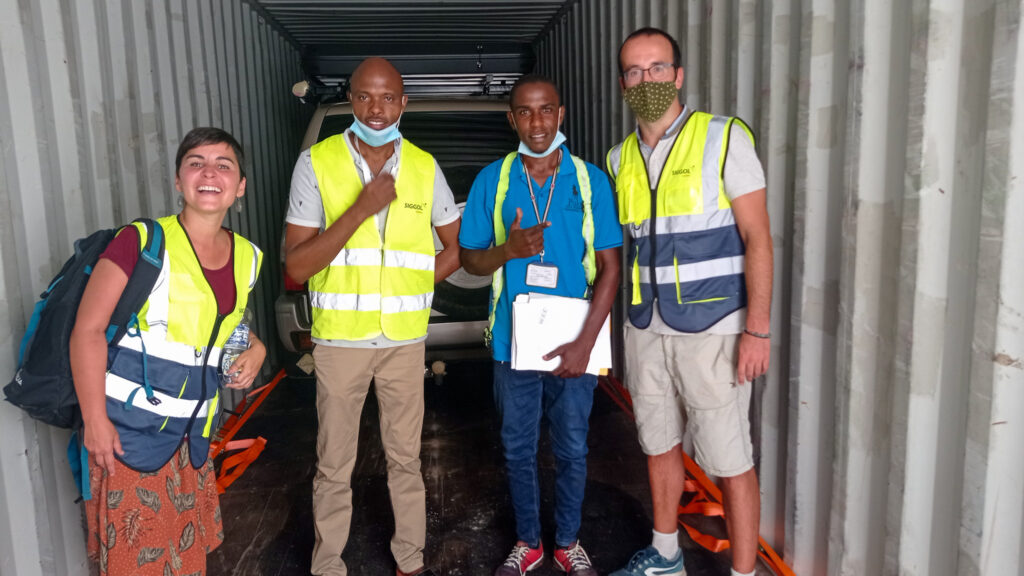

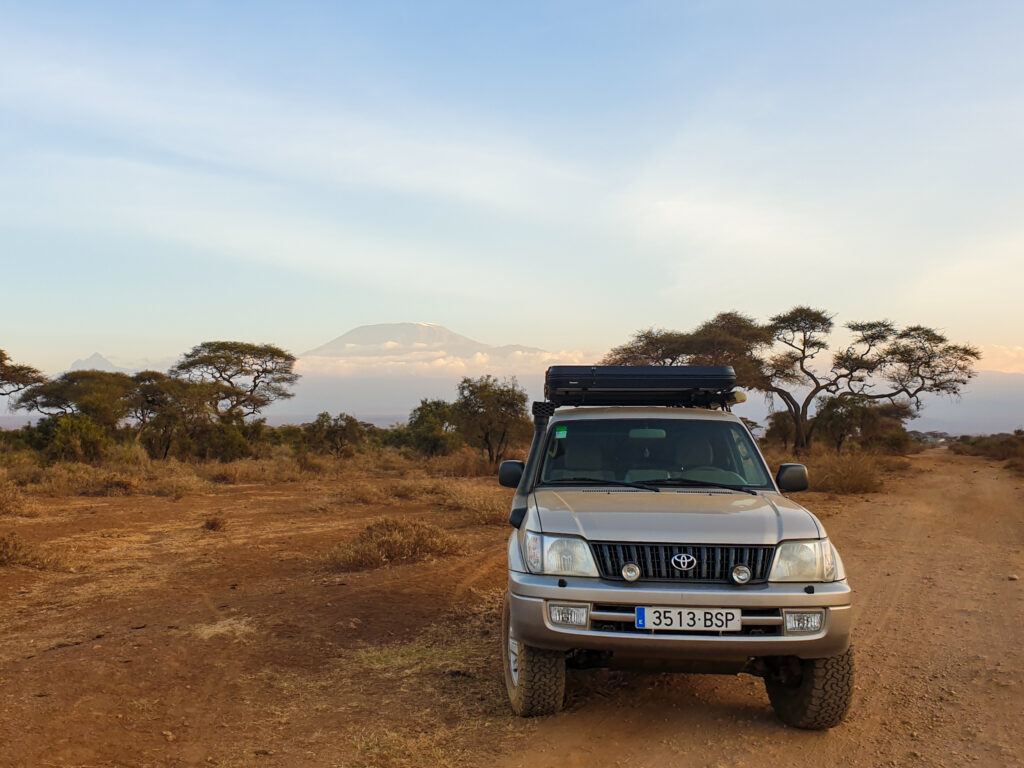
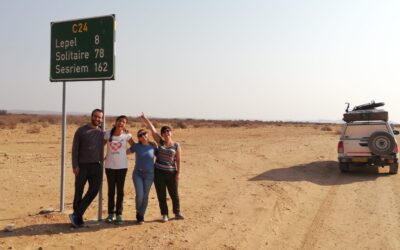
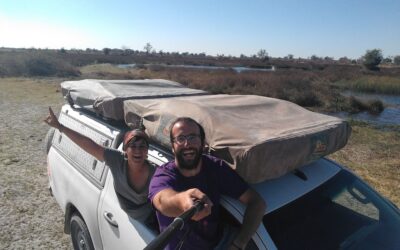
0 Comments